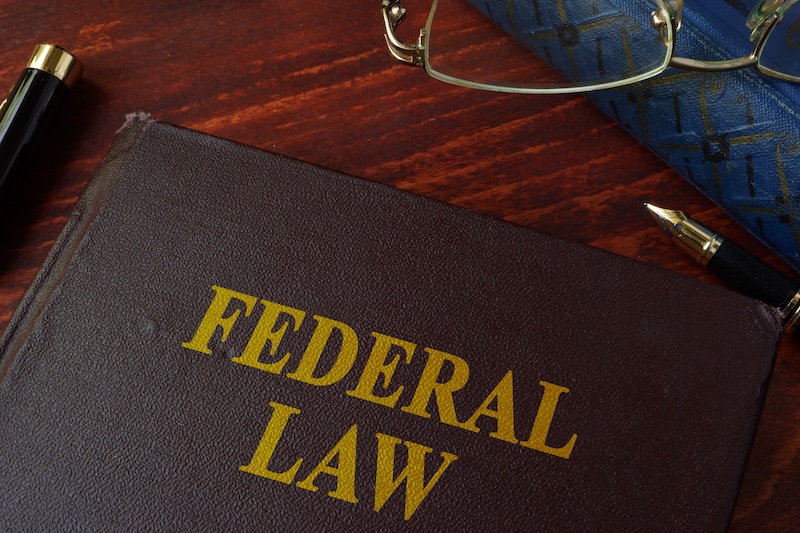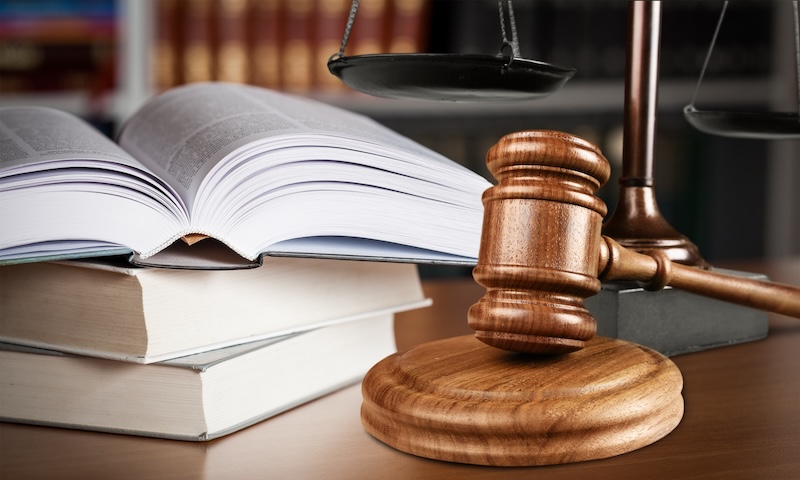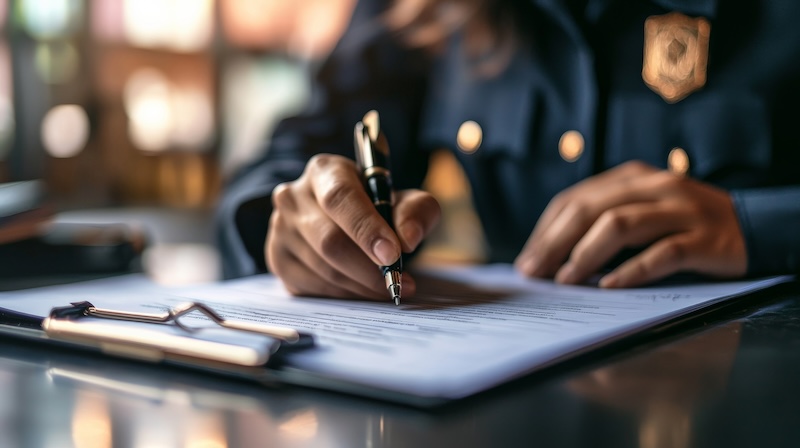This article discusses revenge porn and its impact on an individual’s online reputation.
Revenge porn, which is a type of image-based sexual abuse, is the nonconsensual distribution of intimate or sexual images with the purpose of intimidating or humiliating the victim.
In addition to the embarrassment of having their private moments shared publicly, victims of image-based abuse also deal with:
- Cyberstalking
- Doxing
- Psychological harm
- Workplace discrimination
Considered a type of domestic violence and/or sexual abuse, revenge porn faces both civil and criminal penalties. Revenge porn laws make it illegal for a person’s intimate images or videos to be shared without their consent. Additionally, in some cases, victims may be able to sue for damages. There are also advocacy groups that strive to improve online safety for potential victims.
Contact us today at 866-601-6803 to learn more about our content removal services.
What Is Revenge Porn?

Nonconsensual pornography refers to the sharing of nude photos or sexually explicit images without the victim’s consent. Often, sharing or publishing private sexual images is considered a type of sexual abuse.
Intimate image abuse can be committed by anyone who wants to blackmail the victim or seek revenge, including:
- Co-workers
- Family members
- Romantic partners
- Strangers
Other motives behind sharing explicit pictures may be exercising control over the victim.
Sharing intimate photos violates the victim’s privacy and trust. They may feel blackmailed, coerced, harassed or humiliated. Moreover, the victim may have to deal with mental health issues as they feel distress and fear from their sexually explicit photos being spread around.
Legislation varies by jurisdiction, but most states have made non-consensual sharing of intimate images illegal. Penalties range from fines to imprisonment. Moreover, revenge porn that involves a victim under the age of 18 is illegal throughout the U.S.
Who Are Revenge Porn Victims?

A study involving over 800 undergraduate students found that more than 13% had distributed explicit images of someone without their consent and that more than 28% were victims of similar actions.
However, anyone can be the victim of revenge porn, regardless of their age, gender or sexual orientation. A-list celebrities as well as regular people who live out of the public eye may be victims.
The Take It Down Act

In April 2025, the Take It Down Act was passed by Congress. The bill “criminalizes the nonconsensual publication of intimate images” and requires mobile and online platforms to remove the sexually explicit material upon the victim’s request.
Certain guidelines must be followed when submitting a takedown request for private images. For example, the request must be in writing, and the victim (or their representative) must electronically or physically sign the request.
You can learn more about the act here. You can also speak with our content removal experts by calling 866-601-6803 for more information.
Revenge Porn Laws at the State Level

Specifics vary by state, but examples of revenge porn laws in the U.S. include the following:
- Distribution of explicit images, including emailing, posting or texting.
- Deep fakes are included, meaning the sexual images or videos that have been altered, edited or manipulated.
- Even threatening to share explicit images can result in a misdemeanor charge.
- The victim had a reasonable expectation that the images would be kept private.
- Subsequent offenses may result in increasingly serious charges and penalties.
Since federal law addresses revenge porn crimes for victims under the age of 18, state law typically focuses on victims who are 18 years old or older. Often, the private images are considered child pornography when the person depicted is under 18 years of age.
Taking Action: Protecting Yourself and Your Online Presence Against Nonconsensual Pornography

If you’ve been the victim of revenge porn, consider taking these steps.
Document the Evidence
As soon as you see the explicit images that have been shared, take screenshots and document the following:
- Included messages
- Timestamps
- URLs
- Usernames
Law enforcement will need to see this information. It’s also necessary to know where the explicit content exists for the purpose of removal.
Report the Situation to the Platform
Most platforms have reporting processes for nonconsensual intimate imagery. Submit a report immediately. This is one of the best ways to have it taken down and stop its spread.
Contact Law Enforcement
Revenge porn is illegal in most U.S. states, and in some cases, it’s covered by federal law. File a report with law enforcement right away. You’ll need a legal record of the situation in order to move forward with civil or criminal charges.
Get Legal Counsel
Look for a legal professional with experience in defamation and internet privacy. Your attorney will be able to send compelling cease-and-desist letters, pursue damages, and obtain court orders that require the removal of the content.
Hire a Reputation Management Expert
Online reputation management companies can remove or suppress negative and explicit content so it no longer appears in top search results. Additionally, an ORM firm can develop a content strategy to publish neutral and positive content that will appear in its place. Ultimately, working with an ORM company is one of the best ways to rebuild and control your online presence.
We work on behalf of our clients to erase sensitive information from the internet. Give us a call at 866-601-6803 to learn more.
Seek Emotional Support
Revenge porn can take a severe mental and emotional toll on victims. Contact an advocacy group or therapist who can help you process your emotions and recover from the incident.
Monitor Your Digital Presence
Moving forward, it’s wise to keep an eye on your online presence. Set up Google Alerts or use listening software so you know whenever your name appears online. Being aware of new content that pops up about you is the best way to exercise control over your digital reputation.
FAQ About Revenge Pornography
Is revenge porn illegal?
In most states, revenge porn is illegal. Additionally, throughout the entire U.S., revenge porn with a victim under the age of 18 is illegal under federal law.
Why is revenge porn considered domestic violence?
In some cases, revenge porn is a form of domestic violence. This is most common if it’s used as a way to control, intimidate or retaliate against the victim by someone in a personal or romantic relationship with the victim.
Is it possible to remove revenge porn from the internet?
Yes, in many cases, removal is possible for revenge porn content. Often, you can report the content to the platform it’s on and request removal. Many major platforms have processes specifically for removing this type of content.
Additionally, ORM professionals can remove or suppress the content so it no longer appears in top search results.
Final Thoughts About Image-Based Sexual Abuse
Revenge porn is a serious crime that comes with severe legal consequences on both the state and federal levels. Victims should know that they have legal recourse and don’t have to suffer alone.
You have a reasonable expectation that your most private moments remain private. Nobody deserves to be the victim of revenge pornography.
By taking immediate action and seeking help, victims have the chance to regain control of their privacy and reputation.
Get a free mugshot removal analysis today and sign up for a consultation with one of our experts. Learn more here.




